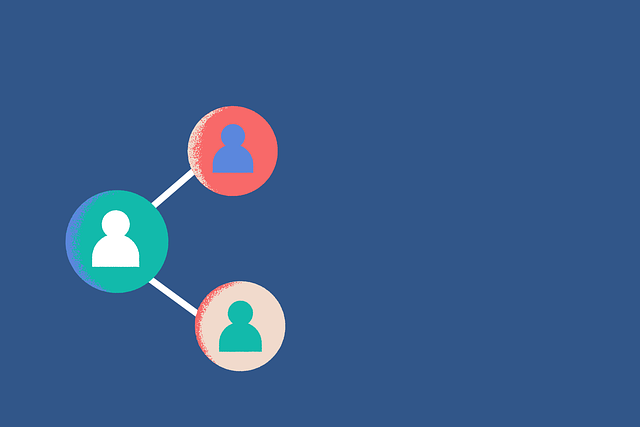AI-powered data visualization is transforming business intelligence by uncovering hidden patterns in complex datasets, including culinary arts through AI kitchen automation tools that optimize recipes and enhance dining experiences. Interactive dashboards democratize data analysis, enabling non-technical users to contribute to strategic decisions. AI kitchen automation assists chefs in streamlining tasks, gaining precise insights, and focusing on creativity, promising exceptional culinary creations. However, challenges like data privacy, security, and high setup costs require strategic planning and robust cybersecurity measures for successful implementation.
“Explore the revolutionary impact of AI-powered data visualization on business insights and culinary arts. This article delves into the transformative potential of artificial intelligence, specifically focusing on its application in kitchen automation for chefs. We examine how AI enhances data interpretation, streamlining workflows and elevating the dining experience. By understanding the benefits and challenges, from efficient ingredient management to tailored menu design, businesses can harness the power of AI kitchen automation to stay competitive.”
- Understanding AI-Powered Data Visualization: Unlocking Insights for Businesses
- The Role of AI in Kitchen Automation: Transforming the Culinary Experience
- Benefits and Challenges: Implementing AI in Data Visualization for Chefs
Understanding AI-Powered Data Visualization: Unlocking Insights for Businesses

AI-powered data visualization is transforming how businesses understand and interpret complex datasets, acting as a powerful tool in the modern corporate arsenal. By employing machine learning algorithms, this technology can uncover hidden patterns, trends, and correlations within data that would otherwise remain opaque to human analysts. This capability is especially beneficial for industries like culinary arts, where AI kitchen automation for chefs leverages data visualization to optimize recipes, streamline preparation processes, and enhance overall dining experiences.
With AI-driven insights, businesses gain a competitive edge through data-informed decision-making. Interactive dashboards and visualizations enable stakeholders to explore data dynamically, fostering collaboration and agile strategies. Moreover, this technology ensures that valuable business intelligence is accessible to non-technical users, democratizing data analysis and empowering everyone from executives to front-line employees to contribute to strategic initiatives.
The Role of AI in Kitchen Automation: Transforming the Culinary Experience

The integration of AI in kitchen automation is revolutionizing the culinary world, offering a transformative experience for chefs and food enthusiasts alike. By leveraging advanced algorithms and machine learning techniques, AI-powered systems can streamline various tasks, from ingredient measurement to dish preparation, ensuring precision and consistency. These systems are designed to assist chefs by automating repetitive and time-consuming activities, allowing them to focus more on creativity and flavor development.
AI kitchen automation for chefs provides an efficient and intelligent approach to data visualization in recipes, enabling dynamic adjustments based on real-time feedback. It can analyze ingredient interactions, suggest optimal cooking times, and even predict desired outcomes, elevating the overall culinary process. With AI assistance, chefs can experiment with new techniques, explore innovative flavor combinations, and consistently deliver exceptional dining experiences.
Benefits and Challenges: Implementing AI in Data Visualization for Chefs

Implementing AI-powered data visualization in the kitchen can significantly enhance a chef’s ability to make informed decisions, optimize workflows, and ultimately elevate their culinary creations. Benefits include automated ingredient tracking, real-time inventory management, and predictive analytics that suggest optimal flavor combinations based on historical data. With AI, chefs can streamline their processes, reduce waste, and gain deeper insights into menu performance.
However, challenges exist when integrating AI kitchen automation for chefs. Data privacy and security are paramount, as kitchen systems will handle sensitive information about ingredients, customer preferences, and sales trends. Ensuring compliance with food safety regulations while implementing AI is crucial. Additionally, initial setup costs can be high, requiring substantial investments in new technology and training. Yet, these challenges can be overcome with careful planning, robust cybersecurity measures, and strategic adoption that aligns with existing kitchen workflows.
AI-powered data visualization is revolutionizing not only business insights but also the culinary arts through kitchen automation. By leveraging AI, chefs can streamline their processes, enhance efficiency, and unlock new levels of creativity. However, successful implementation requires addressing challenges related to data quality, bias mitigation, and ensuring user-friendliness. With the right strategies in place, AI kitchen automation for chefs promises a future where technology and culinary expertise merge to deliver exceptional dining experiences.
